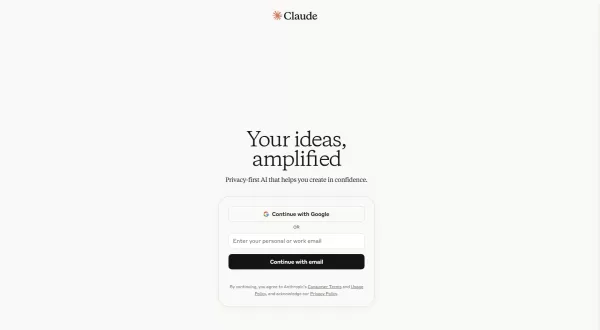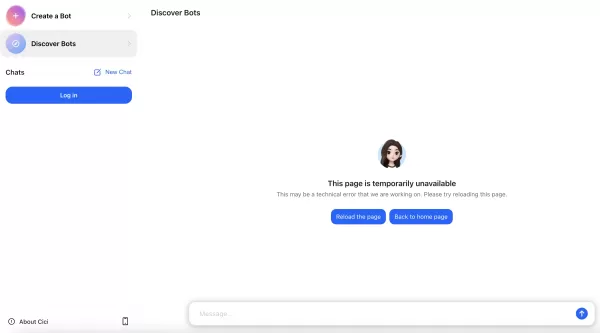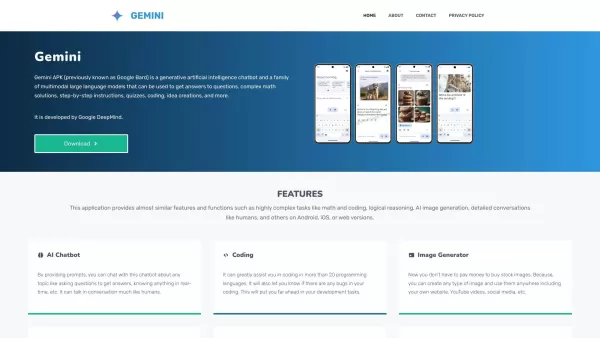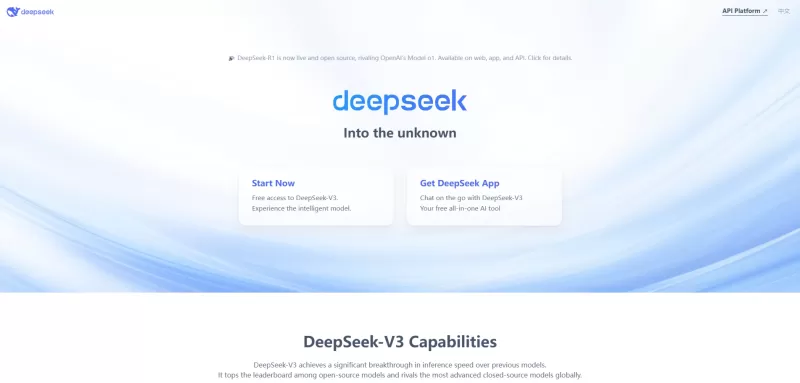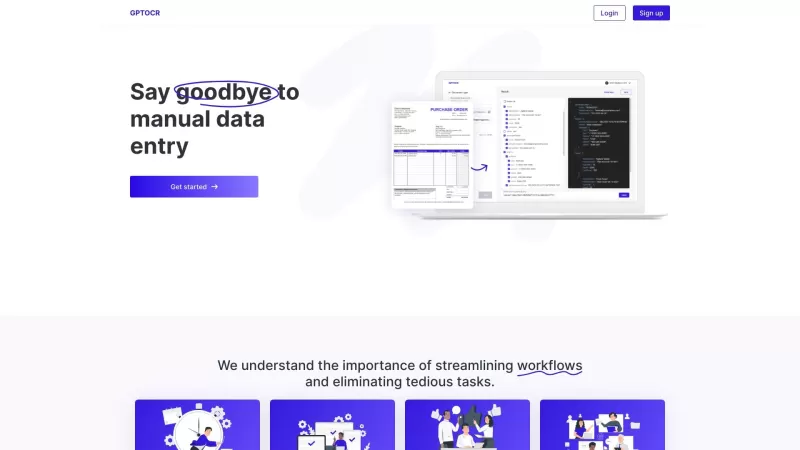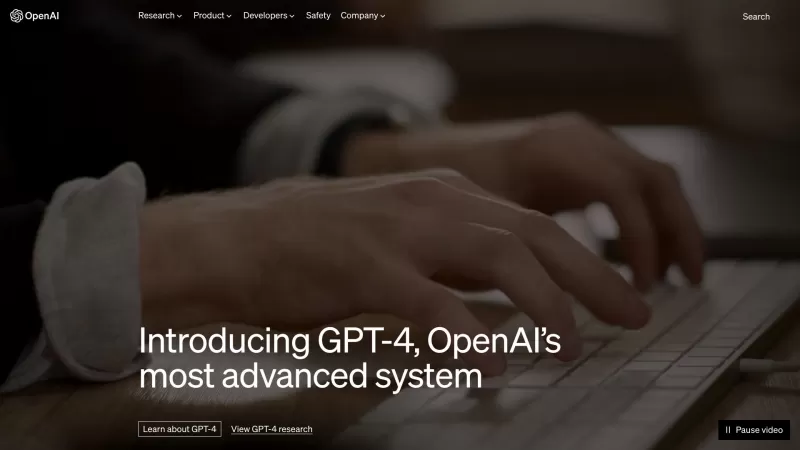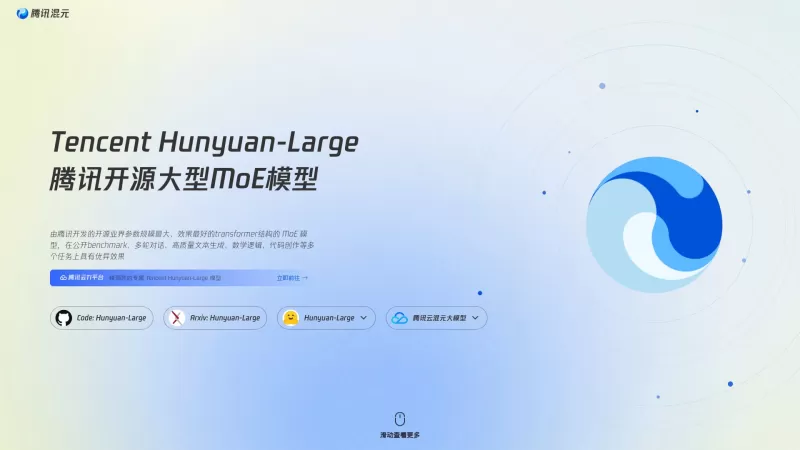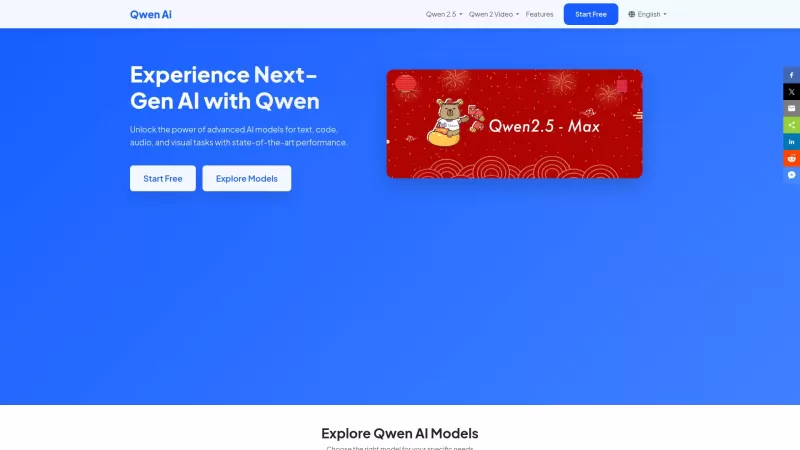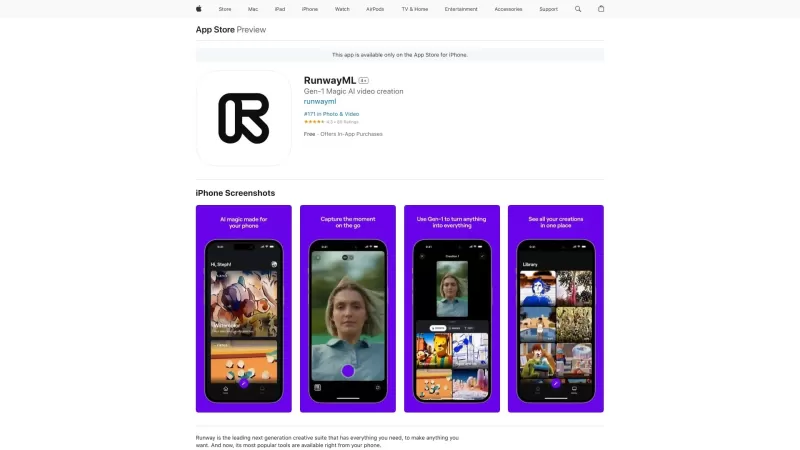Conceptual Graphs Explained: AI Guide with Simple Examples
Conceptual graphs have emerged as a fundamental knowledge representation framework in artificial intelligence, offering a visually intuitive yet mathematically rigorous way to model complex logical systems. These graphical structures bridge the gap between human cognition and machine reasoning, serving as invaluable tools for knowledge engineering across various AI applications. This comprehensive exploration examines their structural components, operational advantages, real-world implementations, and provides practical guidance for construction while comparing their strengths against alternative representation methods.
Key Points
Conceptual graphs provide visual representations of complex logical structures.
They combine graphical intuition with formal logical precision.
The foundational architecture comprises concept nodes and relational connections.
Concepts appear as rectangles while relations are depicted as ovals.
Directional arrows establish semantic relationships between components.
These structures are extensively applied in AI knowledge representation systems.
Understanding Conceptual Graphs
What are Conceptual Graphs?
Conceptual Graphs (CGs) represent a sophisticated knowledge modeling framework within artificial intelligence.
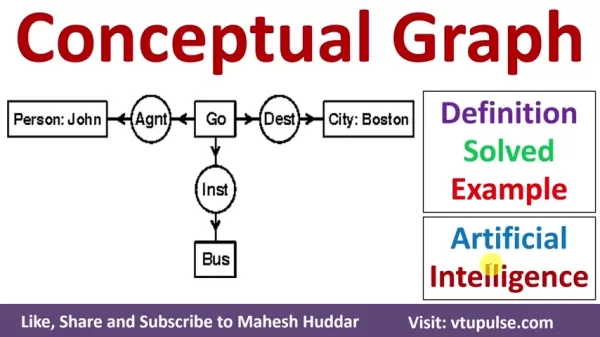
These graphical structures were specifically designed to maintain both human interpretability and computational tractability when representing complex logical relationships. Their visual nature facilitates knowledge organization while preserving formal semantics.
Graphical Logic Representation: CGs distinguish themselves through their diagrammatic approach to logic representation. Traditional symbolic logic systems often present accessibility barriers, whereas CGs offer immediate visual comprehension through intuitive node-link arrangements.
Core Structural Components: Every conceptual graph consists of two fundamental building blocks:
- Concepts: Serve as the foundational elements representing domain entities, characteristics, or occurrences. These are visually indicated by rectangular nodes labeled with their respective referents.
- Relations: Establish meaningful connections between concepts, depicted as circular or oval nodes that define the nature of inter-concept associations.
Implementation Advantages: The incorporation of conceptual graphs in knowledge systems yields multiple operational benefits:
- Enhanced Interpretability: Visual encoding supports faster comprehension and knowledge transfer among stakeholders.
- Formal Rigor: Maintains strict logical foundations despite graphical presentation format.
- Processing Efficiency: Optimized for computational reasoning and inference operations.
- Collaboration Facilitation: Lowers technical barriers for cross-disciplinary knowledge engineering teams.
Basic Structure of a Conceptual Graph
The architectural foundation of conceptual graphs involves precisely defined components and their interaction patterns.
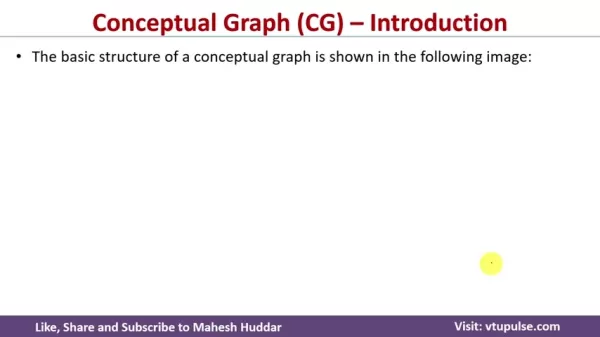
Graphical elements combine systematically to form meaningful knowledge representations with clear interpretative rules.
Concept Typology:
- Entity Concepts: Represent concrete domain objects (e.g., 'Employee', 'Vehicle')
- Attribute Concepts: Capture qualitative characteristics (e.g., 'Salary', 'Color')
- Event Concepts: Denote actions or occurrences (e.g., 'Transaction', 'Meeting')
Relational Taxonomy:
- Agent Links: Connect actions to their initiators (e.g., 'Employee → [Performs] → Task')
- Target Links: Associate actions with their recipients (e.g., 'Send → [To] → Department')
- Instrument Links: Specify means of execution (e.g., 'Cut → [Using] → Knife')
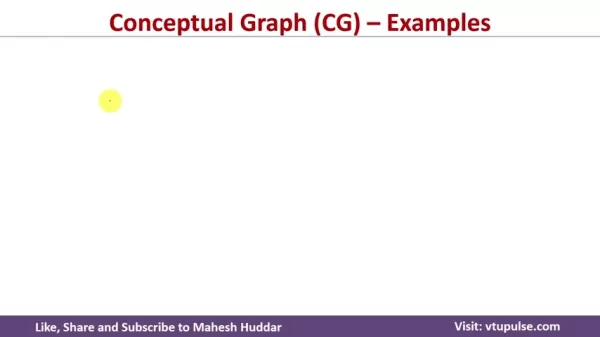
Interpretive Conventions:
- Rectangular nodes always represent conceptual entities
- Oval nodes exclusively indicate relationship types
- Directional arrows mandate reading sequence and semantic flow
Practical Applications of Conceptual Graphs in AI
Knowledge Representation and Reasoning
Conceptual graphs demonstrate exceptional versatility in structuring domain knowledge to support automated reasoning processes across various AI implementations.
Their balanced combination of expressive power and computational manageability makes them particularly valuable for:
- Expert Advisory Systems: Encode subject matter expertise for diagnostic and recommendation applications.
- Semantic Processing Frameworks: Power intelligent content analysis and retrieval systems.
- Natural Language Understanding: Model linguistic semantics for machine comprehension tasks.
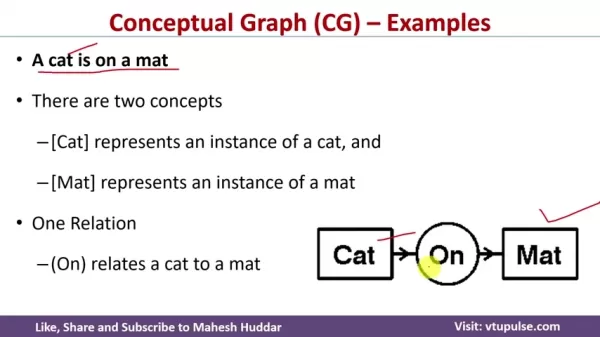
Knowledge Discovery Applications:
- Pattern Recognition: Surface meaningful associations within complex data landscapes
- Information Retrieval Enhancement: Enable concept-based search beyond keyword matching
- Decision Support: Provide structured knowledge foundations for analytical reasoning
Building a Conceptual Graph: A Step-by-Step Guide
Implementation Methodology
The construction of effective conceptual graphs follows a systematic development process.
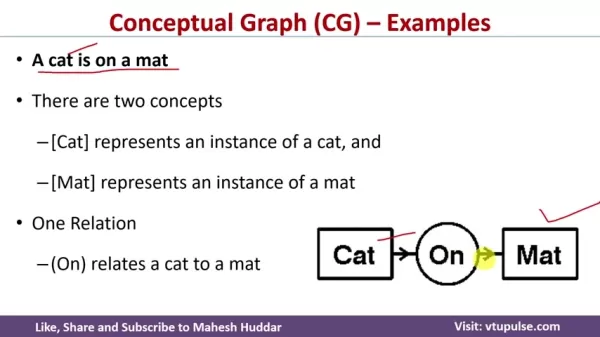
Concept Identification Phase:
- Conduct comprehensive domain analysis
- Extract core entities and attributes
- Establish conceptual taxonomy
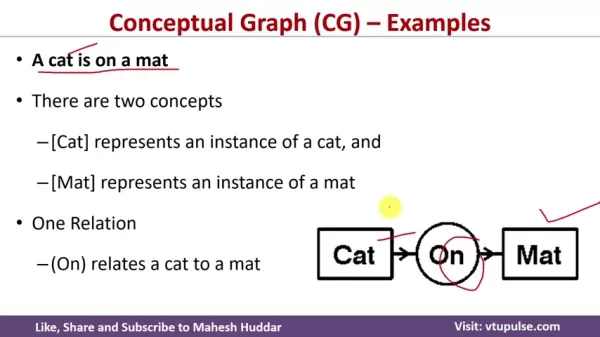
Relationship Mapping Phase:
- Determine potential interconnections
- Select appropriate relation types
- Document semantic associations
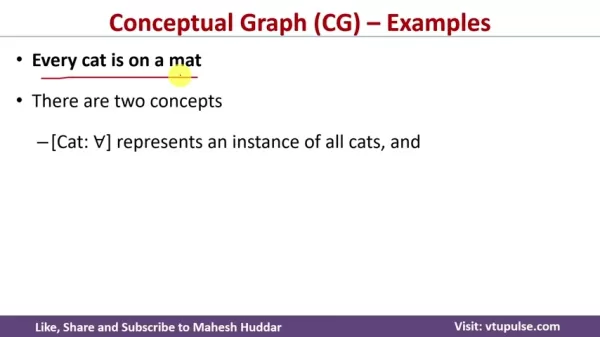
Validation Procedures:
- Structural consistency verification
- Conceptual coverage assessment
- Expert review integration
Comparative Analysis of Conceptual Graphs
Advantages
- Facilitate rapid knowledge comprehension
- Support formal deductive processes
- Enable efficient computational implementation
- Promote collaborative knowledge engineering
Limitations
- Scalability challenges in massive knowledge domains
- Require specialized design expertise
- Limited probabilistic representation capacity
- Reduced expressivity compared to some alternatives
Frequently Asked Questions (FAQ)
What are the main components of a conceptual graph?
The architecture consists of conceptual nodes (rectangular) and relational connectors (oval) linked through directed arcs that establish semantic dependencies and reading order.
How do conceptual graphs help in knowledge representation?
They provide structured visualizations that maintain logical precision while enhancing human interpretability, serving as effective intermediaries between domain experts and computational systems.
In what ways are conceptual graphs beneficial for AI?
Their balanced approach supports multiple AI requirements including automated reasoning, knowledge extraction, and semantic processing while remaining accessible to human stakeholders.
Related Questions
How do conceptual graphs compare to other knowledge representation techniques?
Conceptual graphs occupy a strategic middle ground between highly expressive but complex ontology languages and simpler but limited semantic networks, offering optimal balance for many practical applications.
What are some real-world applications of conceptual graphs?
Implementation domains span intelligent search systems, expert advisory platforms, linguistic analysis tools, and semantic data integration frameworks across various industries.
How do I choose the right knowledge representation technique?
Selection criteria should evaluate domain complexity, reasoning requirements, implementation resources, and stakeholder needs, with conceptual graphs being ideal when both human interpretation and computational processing are priorities.
Related article
 Samsung Galaxy AI Review: Real-Life Benefits and Everyday Use Cases
Samsung's Galaxy AI suite has sparked considerable excitement across the tech industry, but does it deliver meaningful innovation or simply repackage existing features? Our detailed analysis assesses how these AI-powered tools perform in real-world u
Samsung Galaxy AI Review: Real-Life Benefits and Everyday Use Cases
Samsung's Galaxy AI suite has sparked considerable excitement across the tech industry, but does it deliver meaningful innovation or simply repackage existing features? Our detailed analysis assesses how these AI-powered tools perform in real-world u
 FlexClip AI Video Translator Simplifies Multilingual Video Creation
In our increasingly connected digital landscape, video content now effortlessly crosses international borders. FlexClip's AI Video Translator breaks down language barriers, empowering creators to engage global audiences through seamless multilingual
FlexClip AI Video Translator Simplifies Multilingual Video Creation
In our increasingly connected digital landscape, video content now effortlessly crosses international borders. FlexClip's AI Video Translator breaks down language barriers, empowering creators to engage global audiences through seamless multilingual
 Master AI-Powered Upwork Proposal Writing: Your Complete Guide to Success
In the increasingly competitive freelance landscape, differentiation is key to success. This comprehensive guide reveals how artificial intelligence can revolutionize your approach to crafting winning Upwork proposals, helping you stand out in a crow
Comments (0)
0/200
Master AI-Powered Upwork Proposal Writing: Your Complete Guide to Success
In the increasingly competitive freelance landscape, differentiation is key to success. This comprehensive guide reveals how artificial intelligence can revolutionize your approach to crafting winning Upwork proposals, helping you stand out in a crow
Comments (0)
0/200
Conceptual graphs have emerged as a fundamental knowledge representation framework in artificial intelligence, offering a visually intuitive yet mathematically rigorous way to model complex logical systems. These graphical structures bridge the gap between human cognition and machine reasoning, serving as invaluable tools for knowledge engineering across various AI applications. This comprehensive exploration examines their structural components, operational advantages, real-world implementations, and provides practical guidance for construction while comparing their strengths against alternative representation methods.
Key Points
Conceptual graphs provide visual representations of complex logical structures.
They combine graphical intuition with formal logical precision.
The foundational architecture comprises concept nodes and relational connections.
Concepts appear as rectangles while relations are depicted as ovals.
Directional arrows establish semantic relationships between components.
These structures are extensively applied in AI knowledge representation systems.
Understanding Conceptual Graphs
What are Conceptual Graphs?
Conceptual Graphs (CGs) represent a sophisticated knowledge modeling framework within artificial intelligence.

These graphical structures were specifically designed to maintain both human interpretability and computational tractability when representing complex logical relationships. Their visual nature facilitates knowledge organization while preserving formal semantics.
Graphical Logic Representation: CGs distinguish themselves through their diagrammatic approach to logic representation. Traditional symbolic logic systems often present accessibility barriers, whereas CGs offer immediate visual comprehension through intuitive node-link arrangements.
Core Structural Components: Every conceptual graph consists of two fundamental building blocks:
- Concepts: Serve as the foundational elements representing domain entities, characteristics, or occurrences. These are visually indicated by rectangular nodes labeled with their respective referents.
- Relations: Establish meaningful connections between concepts, depicted as circular or oval nodes that define the nature of inter-concept associations.
Implementation Advantages: The incorporation of conceptual graphs in knowledge systems yields multiple operational benefits:
- Enhanced Interpretability: Visual encoding supports faster comprehension and knowledge transfer among stakeholders.
- Formal Rigor: Maintains strict logical foundations despite graphical presentation format.
- Processing Efficiency: Optimized for computational reasoning and inference operations.
- Collaboration Facilitation: Lowers technical barriers for cross-disciplinary knowledge engineering teams.
Basic Structure of a Conceptual Graph
The architectural foundation of conceptual graphs involves precisely defined components and their interaction patterns.

Graphical elements combine systematically to form meaningful knowledge representations with clear interpretative rules.
Concept Typology:
- Entity Concepts: Represent concrete domain objects (e.g., 'Employee', 'Vehicle')
- Attribute Concepts: Capture qualitative characteristics (e.g., 'Salary', 'Color')
- Event Concepts: Denote actions or occurrences (e.g., 'Transaction', 'Meeting')
Relational Taxonomy:
- Agent Links: Connect actions to their initiators (e.g., 'Employee → [Performs] → Task')
- Target Links: Associate actions with their recipients (e.g., 'Send → [To] → Department')
- Instrument Links: Specify means of execution (e.g., 'Cut → [Using] → Knife')

Interpretive Conventions:
- Rectangular nodes always represent conceptual entities
- Oval nodes exclusively indicate relationship types
- Directional arrows mandate reading sequence and semantic flow
Practical Applications of Conceptual Graphs in AI
Knowledge Representation and Reasoning
Conceptual graphs demonstrate exceptional versatility in structuring domain knowledge to support automated reasoning processes across various AI implementations.
Their balanced combination of expressive power and computational manageability makes them particularly valuable for:
- Expert Advisory Systems: Encode subject matter expertise for diagnostic and recommendation applications.
- Semantic Processing Frameworks: Power intelligent content analysis and retrieval systems.
- Natural Language Understanding: Model linguistic semantics for machine comprehension tasks.

Knowledge Discovery Applications:
- Pattern Recognition: Surface meaningful associations within complex data landscapes
- Information Retrieval Enhancement: Enable concept-based search beyond keyword matching
- Decision Support: Provide structured knowledge foundations for analytical reasoning
Building a Conceptual Graph: A Step-by-Step Guide
Implementation Methodology
The construction of effective conceptual graphs follows a systematic development process.

Concept Identification Phase:
- Conduct comprehensive domain analysis
- Extract core entities and attributes
- Establish conceptual taxonomy

Relationship Mapping Phase:
- Determine potential interconnections
- Select appropriate relation types
- Document semantic associations

Validation Procedures:
- Structural consistency verification
- Conceptual coverage assessment
- Expert review integration
Comparative Analysis of Conceptual Graphs
Advantages
- Facilitate rapid knowledge comprehension
- Support formal deductive processes
- Enable efficient computational implementation
- Promote collaborative knowledge engineering
Limitations
- Scalability challenges in massive knowledge domains
- Require specialized design expertise
- Limited probabilistic representation capacity
- Reduced expressivity compared to some alternatives
Frequently Asked Questions (FAQ)
What are the main components of a conceptual graph?
The architecture consists of conceptual nodes (rectangular) and relational connectors (oval) linked through directed arcs that establish semantic dependencies and reading order.
How do conceptual graphs help in knowledge representation?
They provide structured visualizations that maintain logical precision while enhancing human interpretability, serving as effective intermediaries between domain experts and computational systems.
In what ways are conceptual graphs beneficial for AI?
Their balanced approach supports multiple AI requirements including automated reasoning, knowledge extraction, and semantic processing while remaining accessible to human stakeholders.
Related Questions
How do conceptual graphs compare to other knowledge representation techniques?
Conceptual graphs occupy a strategic middle ground between highly expressive but complex ontology languages and simpler but limited semantic networks, offering optimal balance for many practical applications.
What are some real-world applications of conceptual graphs?
Implementation domains span intelligent search systems, expert advisory platforms, linguistic analysis tools, and semantic data integration frameworks across various industries.
How do I choose the right knowledge representation technique?
Selection criteria should evaluate domain complexity, reasoning requirements, implementation resources, and stakeholder needs, with conceptual graphs being ideal when both human interpretation and computational processing are priorities.
 Samsung Galaxy AI Review: Real-Life Benefits and Everyday Use Cases
Samsung's Galaxy AI suite has sparked considerable excitement across the tech industry, but does it deliver meaningful innovation or simply repackage existing features? Our detailed analysis assesses how these AI-powered tools perform in real-world u
Samsung Galaxy AI Review: Real-Life Benefits and Everyday Use Cases
Samsung's Galaxy AI suite has sparked considerable excitement across the tech industry, but does it deliver meaningful innovation or simply repackage existing features? Our detailed analysis assesses how these AI-powered tools perform in real-world u
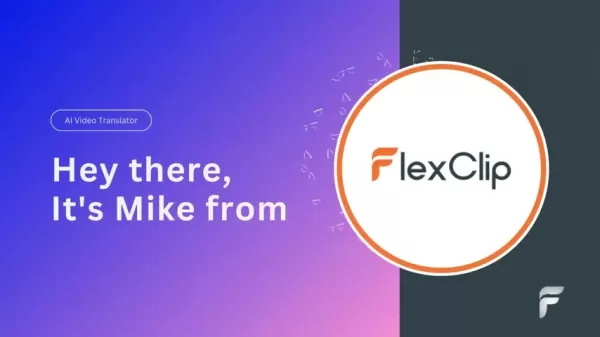 FlexClip AI Video Translator Simplifies Multilingual Video Creation
In our increasingly connected digital landscape, video content now effortlessly crosses international borders. FlexClip's AI Video Translator breaks down language barriers, empowering creators to engage global audiences through seamless multilingual
FlexClip AI Video Translator Simplifies Multilingual Video Creation
In our increasingly connected digital landscape, video content now effortlessly crosses international borders. FlexClip's AI Video Translator breaks down language barriers, empowering creators to engage global audiences through seamless multilingual
 Master AI-Powered Upwork Proposal Writing: Your Complete Guide to Success
In the increasingly competitive freelance landscape, differentiation is key to success. This comprehensive guide reveals how artificial intelligence can revolutionize your approach to crafting winning Upwork proposals, helping you stand out in a crow
Master AI-Powered Upwork Proposal Writing: Your Complete Guide to Success
In the increasingly competitive freelance landscape, differentiation is key to success. This comprehensive guide reveals how artificial intelligence can revolutionize your approach to crafting winning Upwork proposals, helping you stand out in a crow
